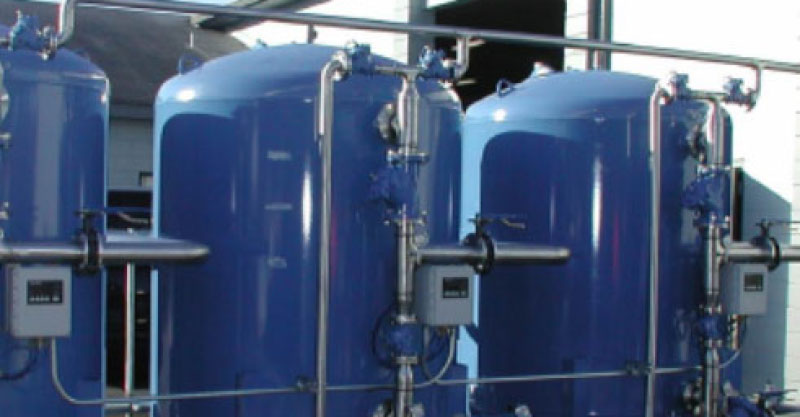Dialysis Water Treatment

Treatment of renal failure by hemodialysis uses dialysis fluid to facilitate the normalization of electrolyte and acid base abnormalities and the removal of low molecular weight uremic compounds present in the plasma such as urea. The dialysis fluid is a continuously produced blend of treated tap water and a concentrated solution containing electrolytes, buffer, and glucose. The water used originates as drinking water but undergoes additional treatment. Recent surveys have indicated that the chemical and microbiological content of such water frequently fails to meet the requirements of established standards, and its bacterial content arising from the presence of a biofilm in the water distribution network or the hydraulic circuit of the dialysis machine is a contributory factor to the chronic inflammatory state in patients undergoing regular dialysis. The composition of the dialysis fluid plays an important role in the modulation of complications associated with end-stage renal disease, as well as those associated with the treatment itself. The avoidance of complications arising from water contaminants requires a constant and vigorous attention to water quality, whilst with the composition of electrolytes and buffer there is trend towards greater individualization to provide a high degree of treatment tolerance.
- Drinking Water Treatment
- Process Water Treatment
- Cooling Tower Water Treatment
- Lake Water Treatment
- Waste Water Treatment
- Tank Cleaning & Disinfection
- Fruits and vegetable washing
- Fogging Application
- Grease Trap Application
- Chilled Water Treatment/HAVAC Application
- Potable Water Treatment
- Swimming Pool Water Treatment
- Boiler Water Treatment
- Irrigation Water Treatment
- Surface Cleaning & Disinfection
- Pipeline Flushing
- Food Microbial Decontamination
- Personal Hygiene & Environment
- Biofilm Removal Application
- Air Microbial Decontamination
- Dialysis Water Treatment
- Well Water Treatment
- Feed and Hay Microbial Decontamination
- Hoof Hygiene
- Cleaning In Place (CIP)
- Filler Flushing Application
- Bottle Washing
- Poultry Carcass Washing
- Cooling Pad Cleaning & Flushing Application
- Odor Removing Application
- Laundry
- House keeping
- Seed Treatment
- Plant Protection
- Vehicle or Car care Products
